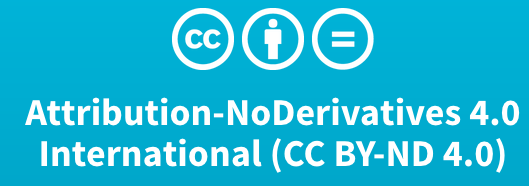Submissions
Submission Preparation Checklist
As part of the submission process, authors are required to check off their submission's compliance with all of the following items, and submissions may be returned to authors that do not adhere to these guidelines.-
Submission checklist
Manuscript has been 'spell checked' and 'grammar checked'
One author has been designated as the corresponding author with an e-mail address
All references mentioned in the Reference List are cited in the text, and vice versa
A link to the videos has been provided in the cover page
Optional: reviewer suggestions - Permission has been obtained for use of copyrighted material from other sources (including the Internet)
- The journal's ethical policy has been reviewed - https://tidsskrift.dk/socialinteraction/ethics
- The author has reviewed and comply with the journal's policy on the use of AI as specified here: https://tidsskrift.dk/socialinteraction/AI
Copyright Notice
We follow the Budapest Open Access Initiative's definition of Open Access.
The journal allows the author(s) to hold the copyright without restrictions.
The journal allows software/spiders to automatically crawl the journal content (also known as text mining)
The journal provides article level metadata to DOAJ
The journal allows readers to read, download, distribute, print, search, or link to the full texts of its articles and allow readers to use them for any other lawful purpose.
Privacy Statement

We follow the Budapest Open Access Initiative's definition of Open Access.
The journal allows the author(s) to hold the copyright without restrictions.
The journal allows software/spiders to automatically crawl the journal content (also known as text mining)
The journal provides article level metadata to DOAJ
The journal allows readers to read, download, distribute, print, search, or link to the full texts of its articles and allow readers to use them for any other lawful purpose.
The names and email addresses entered on this site will be used exclusively for the stated purposes of the journals and will not be made available for any other purpose or to any other party.
Information about a user will be saved as long as the user is active. If the user has been inactive for a year, the user will be contacted by e-mail. If the user does not respond to this e-mail, the user account and information about the user will be deleted after 1 month. If the user has participated in editorial work (e.g. as an editor, guest editor, or reveiwer), or has submitted an article to a journal, the user account and information will be saved for 3 years after the last editorial job or submission.

